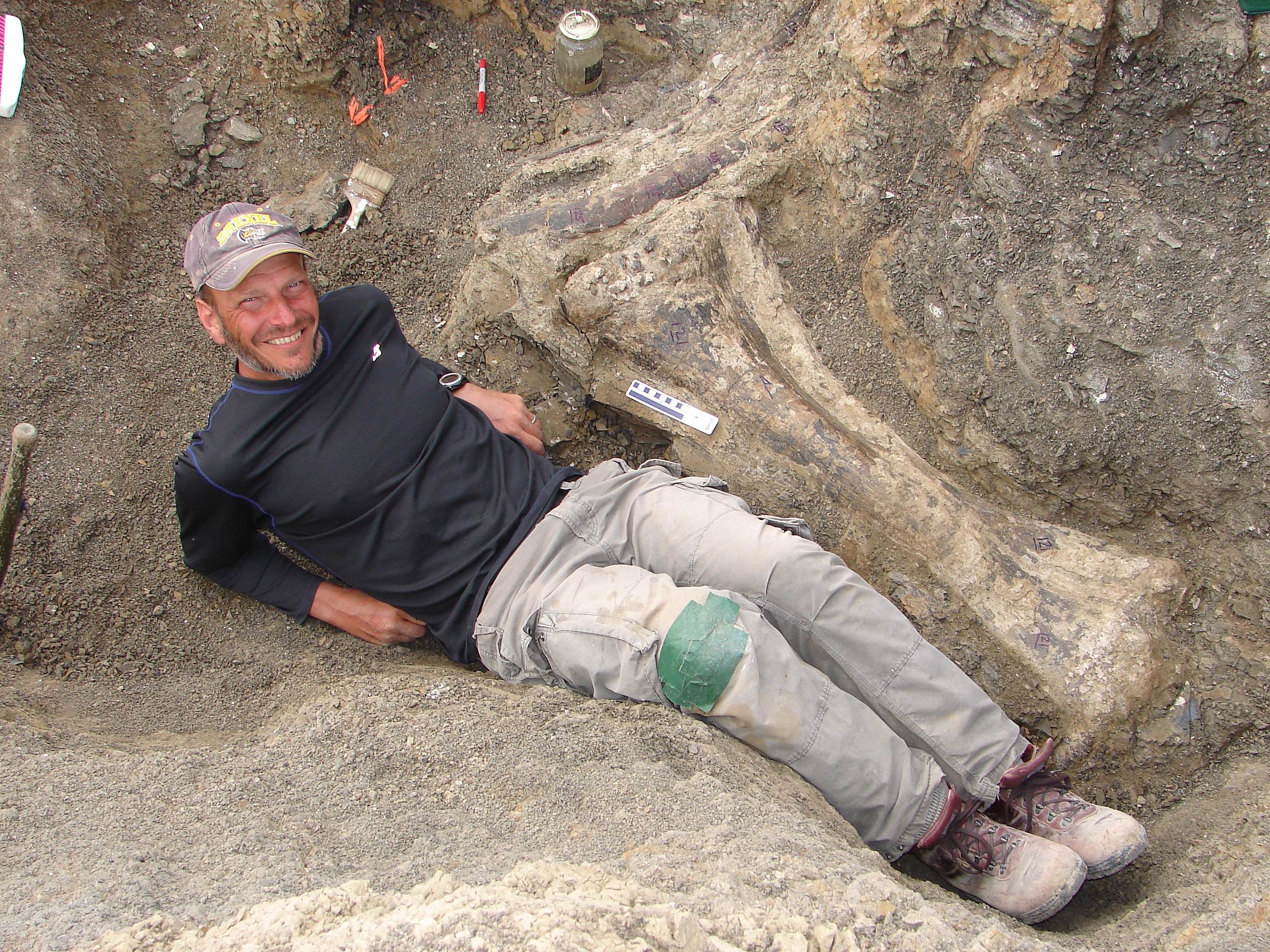Dreadnoughtus the dinosaur weighed 65 tons, stretched half the length of an Olympic-size swimming pool and feared nothing, according to scientists who discovered the remains of one of the largest creatures to walk the Earth.
The skeleton of Dreadnoughtus, named for the famed World War I battleships, was unearthed in Southern Patagonia in Argentina from 2005 to 2009, according to a paper released Thursday in Scientific Reports. The skeleton, which is about 45 percent complete, including most of the vertebrae from the dinosaur's 30-foot-long tail, was found by a team of scientists from Drexel University in Philadelphia.
The finding offers scientists new insight into the largest animals that walked the planet, enabling them to understand the creature's anatomy and how something so big survived on plants. Even at 85 feet long, Dreadnoughtus was still growing.
The creature "weighed as much as a dozen African elephants," Kenneth Lacovara, an associate professor at Drexel who led the study, said in a statement. "Shockingly, skeletal evidence shows that when this 65-ton specimen died, it was not yet full grown."
Lacovara chose the name Dreadnoughtus because it means "fears nothing."
"We have so many questions about these large species: How did they find enough calories to survive? How did they control their body temperatures?" Lacovara said in an interview. "The completeness of the Dreadnoughtus will allow us to investigate some of these topics using these data for which we've never seen the quality."
Dreadnoughtus is part of the "supermassive" dinosaur group known as titosaurian sauropods, that ate plants and lived some 70 million years ago.




